What Are Varicose Veins?
Varicose veins are enlarged, twisted veins that are often visible just under the surface of the skin. They commonly occur in the legs and feet due to the increased pressure in the lower body from standing and walking. They can appear blue or dark purple and are often lumpy or bulging.
How Varicose Veins Affect You
Varicose veins are more than just a cosmetic issue; they can significantly impact your overall well-being and health. These veins can cause discomfort and self-consciousness, affecting your confidence and lifestyle choices. The embarrassment from the appearance of varicose veins can make individuals reluctant to wear certain clothing or participate in activities. The skin around them can become dry, itchy, and discolored due to poor blood circulation. When veins become varicose, blood pools in the veins instead of flowing efficiently back to the heart. This stagnation leads to increased pressure in the veins, causing them to stretch and damage the surrounding skin. The skin may become thin, inflamed, and deprived of essential nutrients and oxygen, resulting in dryness, itching, and a reddish-brown discoloration known as hyperpigmentation. In severe cases, the skin can break down, leading to ulcers.
What causes varicose veins?
Weak or damaged valves can lead to varicose veins. Arteries carry blood from the heart to the rest of the body. Veins return blood from the rest of the body to the heart. To return blood to the heart, the veins in the legs must work against gravity. If these valves are weak or damaged, blood can flow backward and pool, causing the veins to stretch or twist.
Risk Factors
Several factors can increase your risk of developing varicose veins:
Age: The risk increases with age as veins lose elasticity.
Gender: Women are more likely to develop varicose veins due to hormonal changes.
Family History: A family history increases your risk.
Obesity: Extra body weight increases pressure on veins.
Occupation: Jobs requiring long standing or sitting periods can increase the risk.
Pregnancy: Increased blood volume and pressure on the veins during pregnancy can lead to varicose veins.
The Progression and Symptoms
Over time, they can worsen if left untreated. They can cause increased pain and discomfort, leading to aching, throbbing, or burning sensations in the affected areas. As the condition worsens, legs may feel heavy and swollen, particularly after extended periods of standing or sitting. The skin around the veins can also change, becoming dry, itchy, and discolored. In severe cases, varicose veins may lead to ulcers or significant bleeding if the veins rupture. These symptoms highlight the importance of seeking timely medical intervention to manage and treat effectively.
Treatment Options
Early treatment includes lifestyle changes like regular exercise, elevating the legs, and wearing compression stockings to improve circulation. For more advanced cases, various medical procedures are available. Sclerotherapy involves injecting a solution to collapse the vein, while Endovenous Laser Therapy (EVLT) and Radiofrequency Ablation (RFA) use energy to seal off the vein. Thermal Ablation uses a tiny catheter to deliver radiofrequency energy, heating and closing the vein wall. Additionally, medical adhesives (VenaSeal) involve injecting a medical superglue to seal the vein shut with minimal anesthesia or micro phlebectomy uses special tools inserted through small incisions to disrupt and remove small segments of varicose veins. For severe cases, vein stripping and ligation may be performed to remove the veins surgically.
When You Should Be Concerned
Complications of varicose veins are rare. They can include:
- Ulcers: Painful ulcers can form on the skin near varicose veins, mostly near the ankles. A discolored spot on the skin often begins before an ulcer forms. See your healthcare professional immediately if you have a leg ulcer.
- Blood clots: Sometimes, veins deep within the legs get larger. They might cause leg pain and swelling. Seek medical help for ongoing leg pain or swelling. This can mean a blood clot.
- Bleeding: Rarely, veins close to the skin burst. This mostly causes only minor bleeding, but it requires medical help.
- Leg swelling: Longtime varicose veins can cause the legs to swell.
How an Interventional Radiologist Can Help
Interventional radiologists specialize in minimally invasive treatments using imaging guidance. These procedures are typically performed on an outpatient basis, offering quick recovery times and minimal discomfort. By consulting with an interventional radiologist, you can explore these options and find the most suitable treatment to alleviate symptoms and improve your quality of life quickly and safely.
Varicose veins can negatively affect both your physical comfort and emotional well-being. Recognizing the symptoms and seeking timely treatment from an interventional radiologist can prevent the condition from worsening and restore your confidence and comfort. If you worry about how your veins look and feel and self-care measures haven’t helped, see your healthcare professional or contact us to discuss the best action for your health and happiness.


